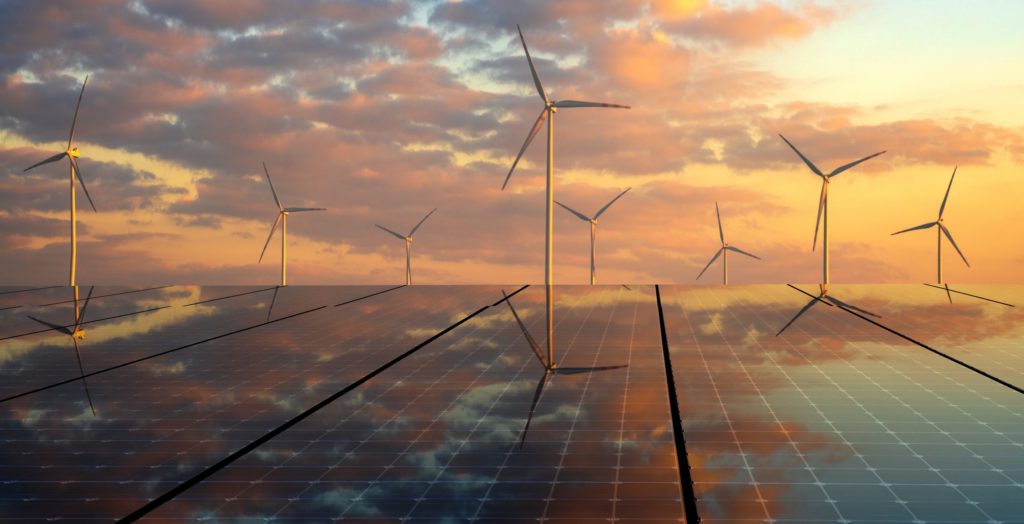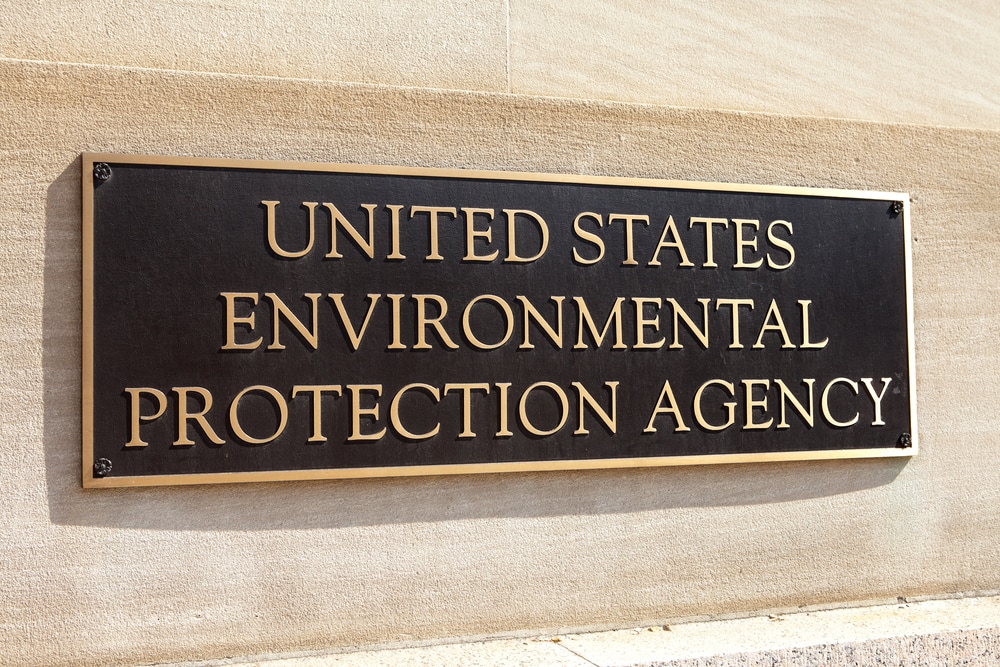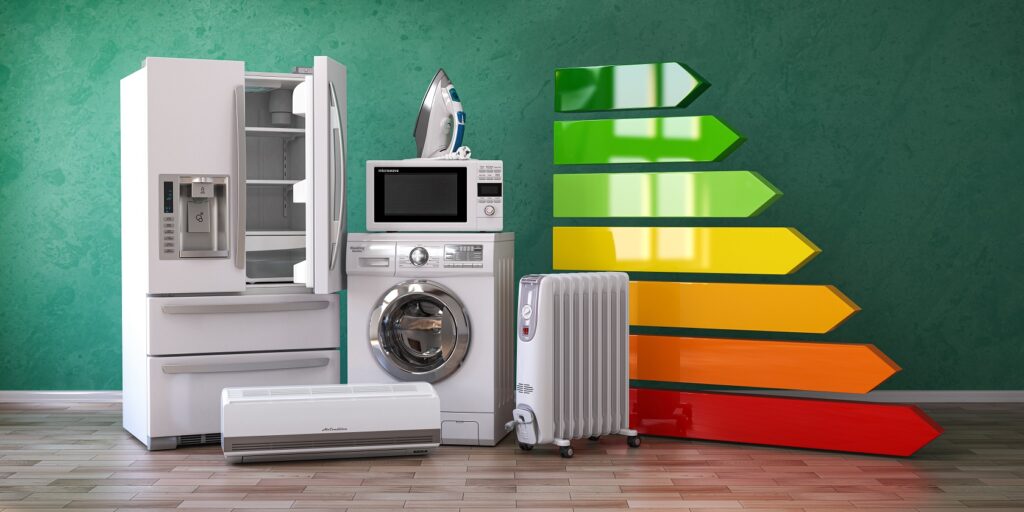Part 1: Low-Energy Fridays: China’s “Shot Across the Bow” for Mineral Embargoes
Last week China announced export restrictions on gallium and germanium, which are used in electronic components, solar panels, equipment for national defense applications and more. China produces about 60 percent of the world’s germanium and about 98 percent of the world’s gallium, so a Chinese embargo of these minerals fits squarely in the “big deal” category for mineral scarcity. This also elevates an important debate that has emerged in recent years: If we transition to a clean energy economy, would we be vulnerable to Chinese mineral embargoes?
It is a question worth exploring. Today’s piece, part one of Low-Energy Fridays’ first two-part series, will focus on the mineral security risk. Next week’s piece will focus on policy recommendations to mitigate that risk.
The short answer is yes—there is a significant security risk, but it’s complicated. Some liken the risk to any other energy scarcity issue, such as oil and its effect on gasoline prices, while others say it is easily remedied by recycling. Neither view paints a complete picture.
The truth is that mineral security risks are something of a slow burn, different from conventional energy security challenges seen in oil and gas. The best example of an energy security risk is the oil embargoes against the United States in the 1970s, which caused gasoline prices to skyrocket. A typical consumer uses oil every day, and a car without gasoline can’t function. The economic impact of the oil embargoes was immediate and widespread.
For minerals, the effect is different. Mineral consumption is not continuous for a consumer; rather, it occurs at the time they make a purchase. Take electric vehicles (EVs) as an example. If one already owns an EV and China embargoes lithium exports to the United States, they won’t feel a big effect from the embargo. But if one is about to buy an EV or needs a battery replacement, they would see a huge jump in cost. The effect of the mineral embargoes would be more sporadic, but acute.
Realistically, the U.S. governmental response to such an event would likely be a subsidy that would spread the cost of the embargo across U.S. taxpayers, evening out the economic impact across sectors. This would also likely worsen overall economic harm from the embargo, since the incentive to find alternatives to embargoed minerals would be blunted.
And the economic damage would elevate over time. As more and more capital stock is retired—in plain English, as people replaced their cars—the embargo’s cumulative impact would increase, along with the costs of any government-funded relief. A good example of this economic dynamic is the global chip shortage, which has had significant and persistent impacts on vehicle prices.
Moreover, while things like recycling could reduce the need for future mineral imports, it is important to understand that mineral consumption is rising. Minerals needed for clean energy are not present in large enough quantities in the United States to make recycling a solution, as one can’t recycle what they don’t have. But at the same time, the more reliant we are on these minerals, the more benefit we would expect recycling to have. It is an important security solution, but it can never be the only one.
So should we be concerned about mineral embargoes? Absolutely. It’s a tactic China has already utilized in its disputes. Would a clean energy economy operate at the mercy of a Chinese mineral embargo? Not in the same way as the 1970s oil embargoes. Realistically, such an embargo would cause a dull and growing economic pain rather than a sharp, immediate price hike on all energy.
And what can be done to mitigate those risks? That will be next week’s topic.









